Margin trading is a powerful tool that can amplify your potential returns in the financial markets. However, it’s crucial to understand the risks involved before diving in. This article will serve as a comprehensive guide to margin trading, covering its definition, mechanics, types, strategies, benefits, and risks.
What is margin?
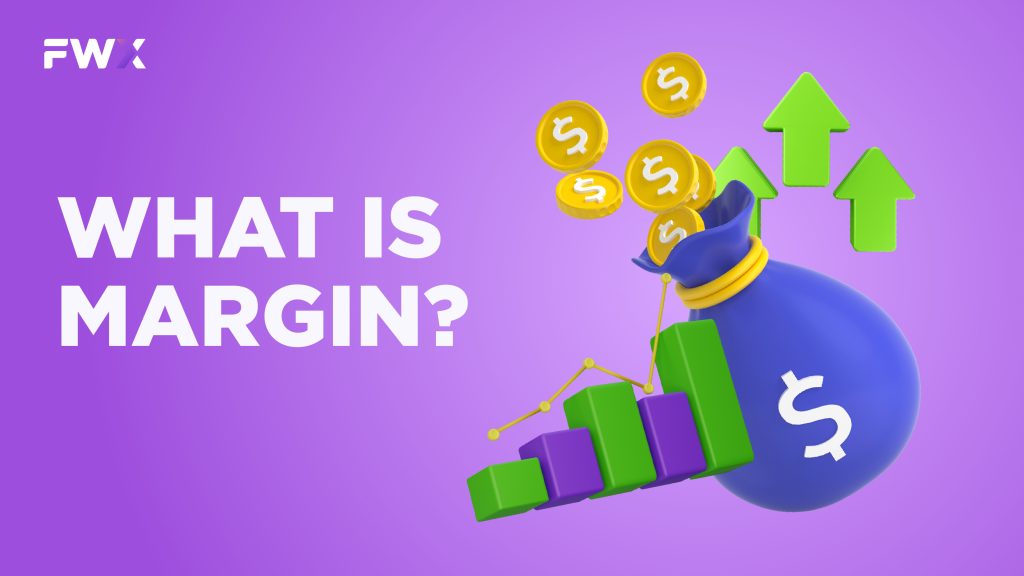
In finance, margin refers to the difference between the total value of an asset and the amount borrowed to purchase it. It essentially acts as collateral for the loan, ensuring the lender is covered in case the value of the asset declines.
- Margin is required for leverage trading: Leverage trading involves using borrowed funds to amplify your potential returns. However, it also amplifies your potential losses.
- Margin requirements vary: Different brokers and assets may have different margin requirements.
For example, if you buy $10,000 worth of stock with a 50% margin requirement, you would need to deposit $5,000 of your own money as margin. The remaining $5,000 would be borrowed from your broker.
Margin is typically expressed as a percentage. In the above example, the margin requirement is 50%. This means that you need to have at least 50% of the total value of the asset as your own capital.
What is margin trading?
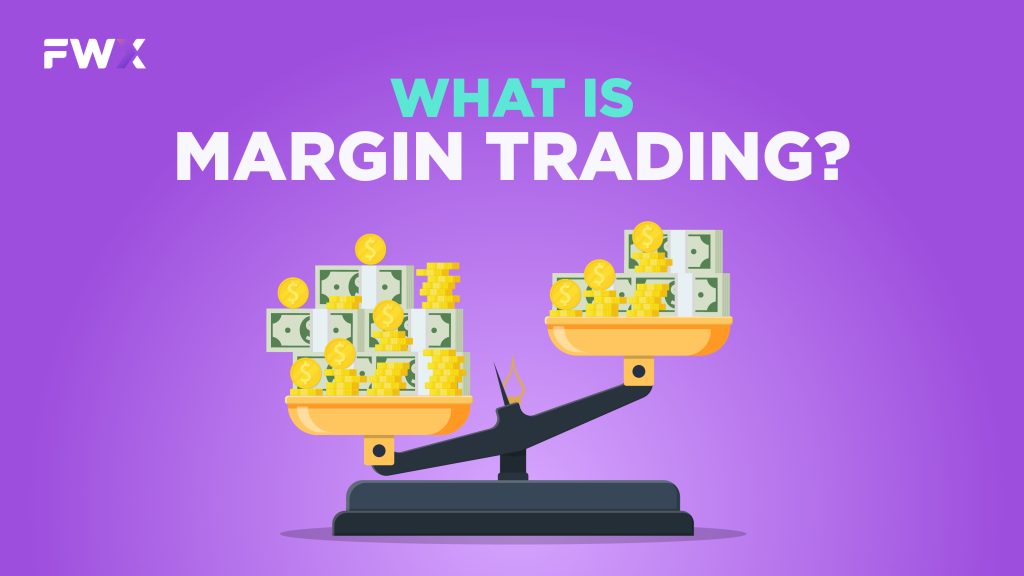
Margin trading is a strategy employed in the financial markets that allows investors to magnify their potential returns by borrowing money from a broker to purchase assets. It can be used for both long and short positions, meaning investors can buy assets with the expectation their price will rise or sell assets short with the anticipation their price will fall.
Who are margin traders?
Margin traders are individuals who utilize borrowed funds from a broker to purchase assets in the financial markets. This allows them to amplify their potential returns compared to trading with their own capital alone. However, it also carries higher risk due to the potential for magnified losses and the obligation to maintain a minimum margin ratio.
Here’s a breakdown of the typical characteristics of margin traders:
- Experienced investors: They have a strong understanding of financial markets and trading strategies.
- High risk tolerance: They are comfortable with potential losses exceeding their initial investment.
- Active traders: They actively manage their portfolio and monitor market movements closely.
- Capital-constrained: They may not have enough capital to achieve their desired exposure to the market without leverage.
- Seeking short-term opportunities: They may focus on exploiting short-term price movements to generate quick profits.
- Hedging: They may use margin to hedge existing positions and manage risk.
What are margin calls?
A margin call is a demand from a broker or financial institution for an investor to deposit additional funds or securities into their margin account to cover potential losses on an open position. Margin calls occur when the value of the securities held in the investor’s account falls below a certain threshold, known as the maintenance margin level.
- If the equity in the account falls below the maintenance margin level, the broker may issue a margin call.
- Upon receiving a margin call, investors must act promptly to meet the call’s requirements. They can either deposit more cash or securities into the margin account or sell some of the existing holdings to generate the necessary funds.
- If the investor fails to respond to the margin call within a specified time frame or is unable to meet the requirements, the broker may take action to liquidate part or all of the investor’s positions. This is done to reduce the risk of further losses.
Example:
Suppose an investor has a margin account with an initial margin requirement of 50% and a maintenance margin level of 25%. If the investor purchases $10,000 worth of securities, they would need to deposit $5,000 (50% of $10,000) initially. However, if the value of the securities falls to $7,500, the equity in the account would be $2,500 ($7,500 – $5,000). If this equity level breaches the maintenance margin of 25%, a margin call would be issued.
Margin trading vs. leverage trading
Margin trading and leverage trading are terms often used interchangeably, but they refer to slightly different concepts in the realm of finance. While both involve borrowing funds to amplify trading positions, there are nuanced distinctions between the two. Let’s explore the differences:
Margin Trading:
- Definition: Margin trading is a broader term that encompasses any trading strategy where an investor borrows funds to increase the size of their trading position beyond what their own capital would allow.
- Borrowing Mechanism: In margin trading, investors use a margin account with a brokerage. They are required to deposit an initial margin, which is a percentage of the total value of the trade. The broker then provides additional funds, allowing the investor to control a larger position.
- Purpose: Margin trading serves various purposes, including increasing buying power, diversifying portfolios, and potentially enhancing returns. It is commonly used across different financial instruments, such as stocks, bonds, and commodities.
- Risk Management: Margin trading involves risk management measures, such as maintenance margin levels. If the value of the securities falls below a specified level, the investor may receive a margin call, requiring them to deposit additional funds to cover potential losses.
Leverage Trading:
- Definition: Leverage trading refers specifically to the use of financial leverage, which involves using borrowed capital to increase the size of a trading position.
- Borrowing Mechanism: Leverage trading encompasses various financial instruments, including options and futures contracts, where investors can control a large position with a relatively small upfront investment. Leverage can also be applied in margin trading, making it a subset of leverage trading.
- Purpose: Leverage trading is often associated with derivative instruments like options and futures. It is employed to magnify both potential gains and losses, providing traders with exposure to a larger position without having to invest the full value of the position.
- Risk Management: Risk management in leverage trading involves understanding the potential impact of leverage on the trading position. While leverage can amplify profits, it also significantly increases the risk of losses, and traders must carefully manage their risk exposure.
Key Differences:
- Scope: Margin trading is a broader term that encompasses any strategy involving borrowed funds. Leverage trading specifically refers to using leverage, and it can involve various financial instruments beyond just margin accounts.
- Instruments: Margin trading can be applied to various financial instruments, including stocks and bonds. Leverage trading, on the other hand, is often associated with derivatives like options and futures.
- Risk and Reward: While both involve increased risk, leverage trading is specifically designed to amplify both potential gains and losses. The primary goal is to magnify returns, but it comes with a higher level of risk.
How margin trading works?
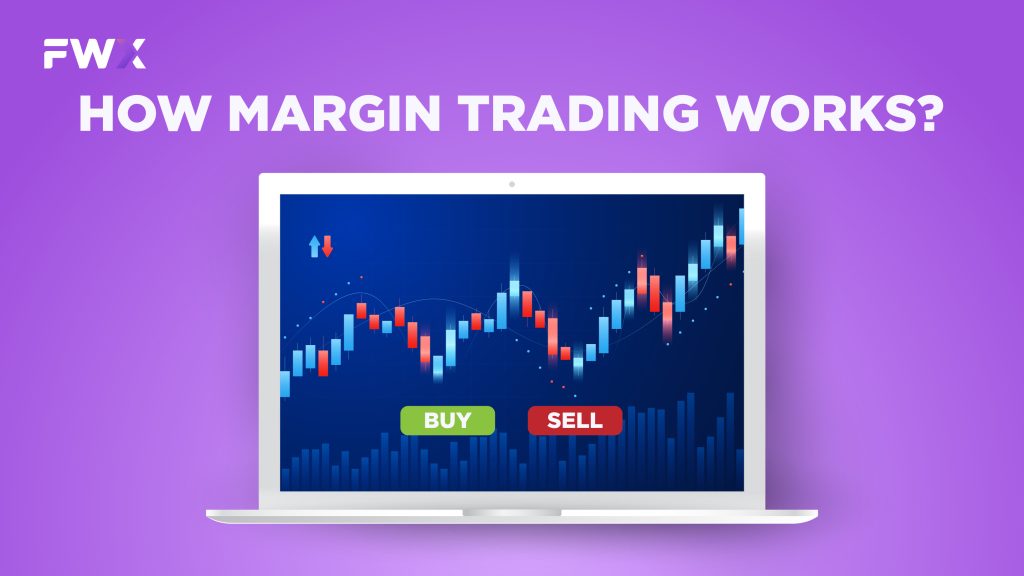
Margin trading involves borrowing funds to increase the size of a trading position beyond what an investor’s own capital would allow. It provides an opportunity to amplify potential returns, but it also exposes traders to increased risk. Here’s a step-by-step overview of how margin trading works:
- Opening a Margin Account
To engage in margin trading, an investor needs to open a margin account with a brokerage. This is distinct from a cash account, which only allows trading with the funds the investor already has.
- Initial Margin Requirement
When initiating a margin trade, the investor is required to deposit an initial amount of money called the initial margin. This initial margin is usually a percentage of the total value of the trade and serves as collateral for the borrowed funds.
- Borrowing Additional Funds
Once the initial margin is deposited, the brokerage provides additional funds to the investor. This borrowed money, often referred to as leverage, allows the investor to control a larger position than their initial deposit would permit.
- Executing the Trade
With the borrowed funds, the investor can now enter into a larger trading position. This could involve buying more shares of a stock, contracts in a futures market, or other financial instruments.
- Monitoring the Position
The investor needs to closely monitor the value of their position. If the market moves in their favor, the returns are amplified due to the larger position size. However, if the market moves against them, losses are also magnified.
- Maintenance Margin and Margin Calls
The brokerage sets a maintenance margin level, which is the minimum amount of equity that must be maintained in the account to keep the position open. If the value of the securities falls below this level, the brokerage may issue a margin call.
- Interest Payments
Investors are typically required to pay interest on the borrowed funds. The interest rate is determined by the broker and is based on the amount of money borrowed.
- Closing the Position
At any time, the investor can choose to close their margin position by selling the assets they bought with the borrowed funds. The proceeds from the sale are used to repay the borrowed funds and cover any interest charges.
Example:
Suppose an investor wants to buy $10,000 worth of stock. With a 50% initial margin requirement, they would need to deposit $5,000, and the brokerage would provide the remaining $5,000. This allows the investor to control a $10,000 position with only a $5,000 investment.
If the stock appreciates, the returns are calculated on the full $10,000 position. However, if the stock depreciates, losses are also calculated on the full position, potentially leading to a margin call if the equity falls below the maintenance margin level.
Types of margin
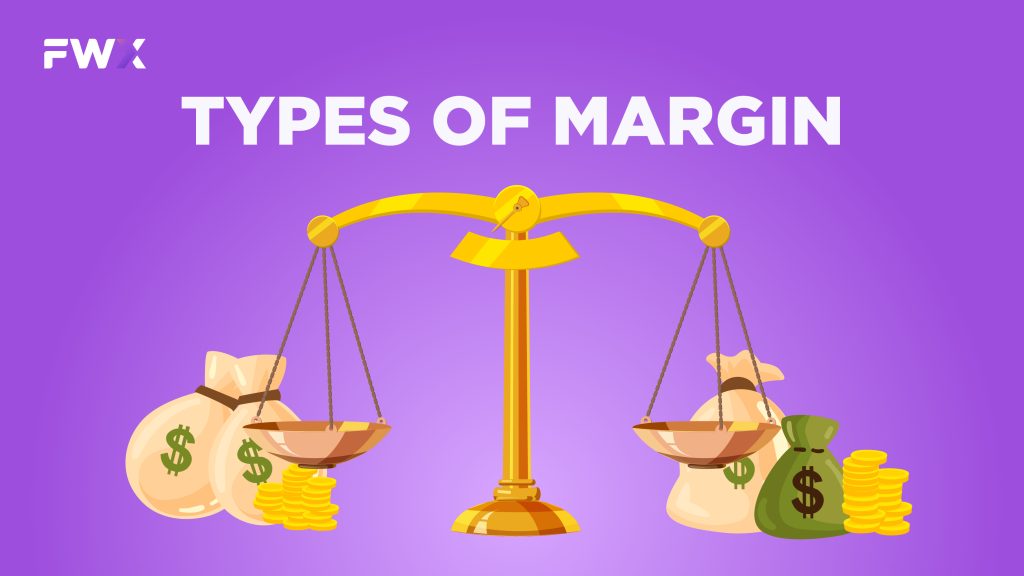
In margin trading, different types of margin are used to define various aspects of the borrowing and trading process. Here are several key types of margin that play distinct roles in margin trading:
- Initial Margin
Initial margin is the initial amount of money that an investor must deposit with a brokerage to open a margin account or initiate a margin trade. It is expressed as a percentage of the total value of the trade. The purpose of the initial margin is to act as collateral for the borrowed funds.
- Maintenance Margin
Maintenance margin is the minimum account balance that must be maintained to keep a margin position open. If the value of the securities in the account falls below the maintenance margin level, a margin call may be issued. Investors are required to deposit additional funds to bring the account back to the required level.
- Variation Margin:
Also known as “variation margin” or “mark-to-market margin,” this type of margin represents the additional funds that may be required to offset losses in a margin position. If the value of the securities in the account decreases, the investor may need to deposit variation margin to cover potential losses.
- Regulatory Margin
Regulatory margin refers to the minimum margin requirements set by regulatory authorities. These requirements are established to ensure the stability of financial markets and to protect investors. Brokers must adhere to these regulations when offering margin trading services.
- Free Margin
Free margin is the amount of funds remaining in a margin account that is available for new trades. It is calculated by deducting the used margin (the amount tied up in open positions) from the equity in the account. Free margin is crucial for traders to take advantage of new opportunities or to withstand adverse market movements.
- Used Margin
Used margin is the portion of an investor’s account balance that is currently tied up in open positions. It represents the collateral that has been used to support the margin trades. Used margin is essential in determining the level of risk in the account and is subtracted from the free margin to calculate available funds.
- Equity
Equity in a margin account is the total value of the account, including both the initial capital and the unrealized profits or losses from open positions. Equity is a key metric for assessing the health of a margin account.
- Leverage
Leverage is worth mentioning in the context of margin trading. Leverage refers to the ability to control a larger position with a smaller amount of capital. It is expressed as a ratio, such as 2:1 or 5:1, indicating how much larger the position can be compared to the investor’s own capital.
Understanding these different types of margin is crucial for investors engaging in margin trading. Each type plays a specific role in managing risk, determining available funds, and ensuring compliance with regulatory requirements. Investors should carefully monitor and manage these margin components to navigate the complexities of margin trading effectively.
Margin Trading Strategies
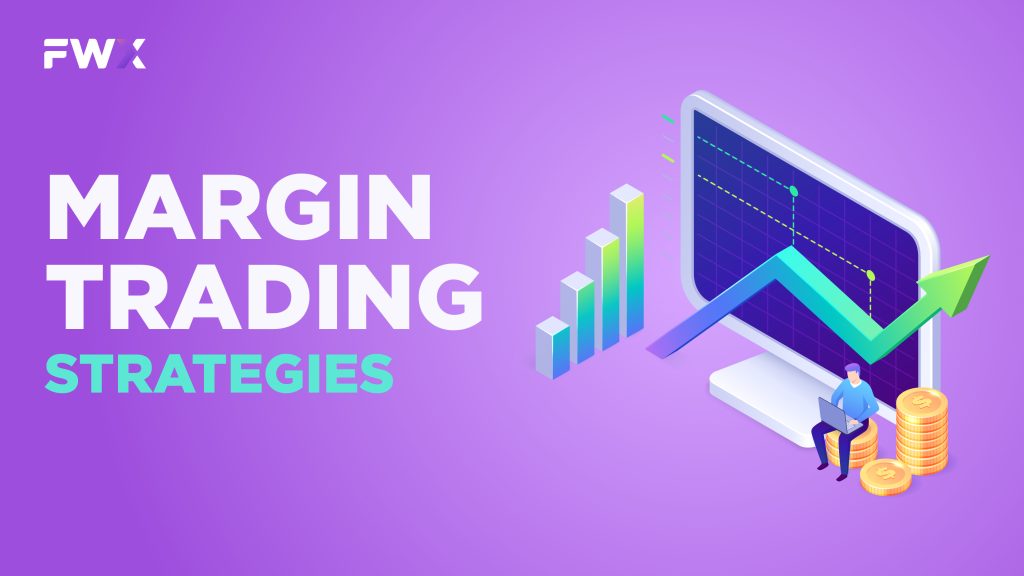
Margin trading strategies involve the use of borrowed funds to increase the size of trading positions, with the goal of potentially amplifying returns. However, these strategies come with increased risk, and it’s essential for investors to approach margin trading with a clear plan and risk management strategy. Here are some common margin trading strategies:
- Long and Short Positions
Long Position: This strategy involves buying an asset with the expectation that its value will increase. In margin trading, investors can use borrowed funds to increase the size of their long position, potentially magnifying profits if the asset’s value rises.
Short Position: Short selling is the strategy of selling an asset that the investor does not own, with the intention of buying it back later at a lower price. Margin trading allows investors to amplify their short positions, profiting from a decline in the value of the asset.
- Pairs Trading
Pairs trading involves taking simultaneous long and short positions in two correlated assets. The goal is to profit from the relative performance of the two assets. Margin trading allows investors to leverage their positions in both assets, potentially enhancing returns.
- Options Trading
Options trading involves buying or selling options contracts that give the holder the right (but not the obligation) to buy or sell an asset at a predetermined price. Margin trading can be used to increase the size of options positions, allowing investors to control larger amounts of the underlying asset with a relatively smaller investment.
- Margin Pyramiding
Margin pyramiding is a strategy where an investor adds to a winning position by using the unrealized profits as additional collateral for borrowing. This allows for an increase in the size of the position while using the paper profits to support the additional borrowing.
- Margin Rotation
Margin rotation involves rotating investments in and out of different assets based on market conditions and trends. Investors can use margin to quickly switch between assets and take advantage of short-term opportunities.
- Use of Margin for Income Generation
Some investors use margin trading to generate income by borrowing funds at a lower interest rate than the return they expect from their investments. This can involve strategies such as carry trades or interest rate differentials.
- Risk Management Strategies
Stop-Loss Orders: Implementing stop-loss orders to automatically sell a position if it reaches a predetermined price, limiting potential losses.
Setting Risk Parameters: Establishing clear risk parameters, such as a maximum percentage of the portfolio at risk on a single trade, to manage exposure.
- Diversification
Diversifying a margin portfolio by trading multiple assets across different sectors or markets can help spread risk. Diversification is a fundamental risk management strategy.
- Stress Testing
Conducting stress tests on the portfolio to assess how it would perform under adverse market conditions. This involves simulating various scenarios to identify potential vulnerabilities.
- Monitoring News and Market Events
Staying informed about news and market events that could impact the assets being traded. Rapid responses to unexpected events are crucial in margin trading.
It’s important to note that while these strategies offer potential for increased returns, they also expose investors to higher levels of risk. Margin trading amplifies both gains and losses, and unexpected market movements can lead to significant financial setbacks. Therefore, thorough research, a solid understanding of the chosen strategy, and disciplined risk management are critical for success in margin trading. Additionally, investors should only engage in margin trading with funds they can afford to lose.
Benefits and Risks of margin trading
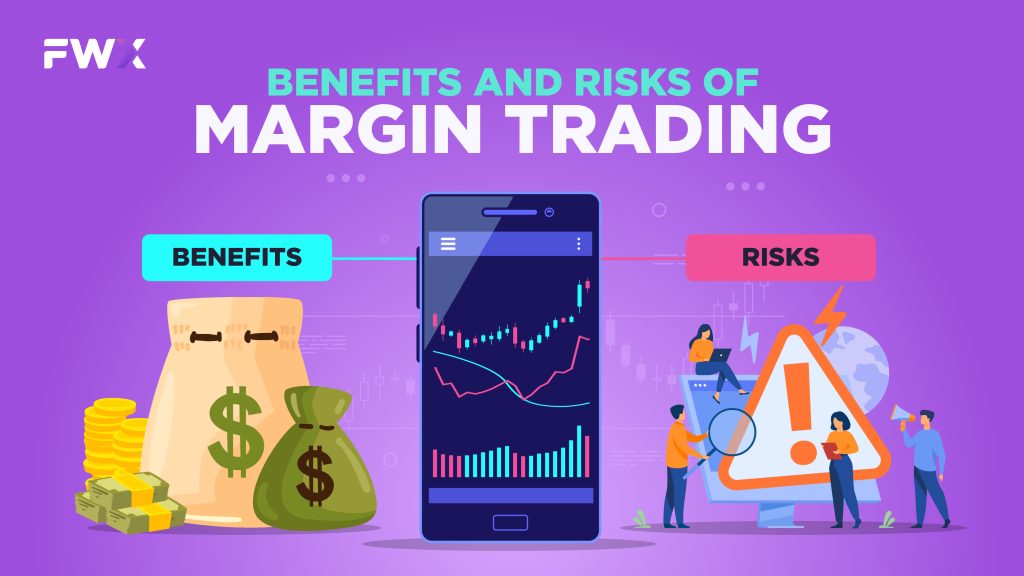
Benefits of Margin Trading
- Increased Buying Power
One of the primary benefits of margin trading is the ability to control larger positions with a relatively smaller amount of capital. This increased buying power allows investors to potentially capitalize on more significant market opportunities.
- Diversification
Margin trading enables investors to diversify their portfolios by entering into multiple trades simultaneously. This diversification can be especially valuable for spreading risk across different assets and market sectors.
- Short-Selling Opportunities
Margin trading provides the opportunity to engage in short-selling, where investors can profit from the decline in the value of an asset. This ability to profit from both rising and falling markets enhances trading flexibility.
- Potential for Higher Returns
By using borrowed funds to amplify trading positions, investors have the potential to generate higher returns on successful trades. The leverage provided by margin trading allows for increased exposure to market movements.
- Access to a Wider Range of Assets
Margin trading allows investors to access a broader range of assets and markets that might be otherwise out of reach with their own capital alone. This can include stocks, bonds, commodities, and derivatives.
Risks of Margin Trading
- Magnified Losses
While margin trading magnifies potential profits, it also significantly amplifies potential losses. If the market moves against the investor’s position, the losses incurred can be much greater than the initial investment.
- Margin Calls
Falling below the maintenance margin level can trigger a margin call, requiring investors to deposit additional funds to cover potential losses. Failure to meet a margin call may result in the liquidation of positions.
- Interest Costs
Borrowed funds in margin trading come with interest costs. Traders are required to pay interest on the borrowed money, and these costs can accumulate, impacting the overall profitability of the trades.
- Market Volatility Risk
Margin trading exposes investors to heightened market volatility. Rapid and unpredictable market movements can lead to substantial losses, especially when leveraged positions are involved.
- Limited Time to Recover Losses
Margin trading often involves short-term positions, and losses must be recovered quickly to avoid further financial setbacks. This time pressure can lead to impulsive decision-making and increased risk.
- Potential for Forced Liquidation
If an investor cannot meet a margin call or if the value of the assets in the account falls significantly, brokers may initiate forced liquidation, selling off positions to cover the outstanding debt.
- Lack of Experience Risk
Inexperienced traders may be more prone to making poor decisions or underestimating the risks associated with margin trading. Lack of knowledge and skill can lead to substantial financial losses.
- Market Conditions
Unforeseen market conditions, economic events, or geopolitical developments can lead to unexpected and adverse outcomes in margin trading. These external factors are challenging to predict and can significantly impact the success of trades.
- Overtrading Risk
The accessibility of margin funds may tempt investors to overtrade, leading to a higher frequency of transactions and increased exposure to market fluctuations. Overtrading can result in higher transaction costs and increased risk.
In summary, Margin trading is a double-edged sword, offering both opportunities for enhanced returns and the potential for substantial losses. Successful margin trading requires a deep understanding of financial markets, disciplined risk management, and the ability to make informed decisions in dynamic environments. Investors should approach margin trading with caution, thoroughly assess their risk tolerance, and have a clear strategy for risk mitigation. While the allure of increased buying power is enticing, prudent and informed decision-making is essential to navigate the complexities of margin trading successfully.


